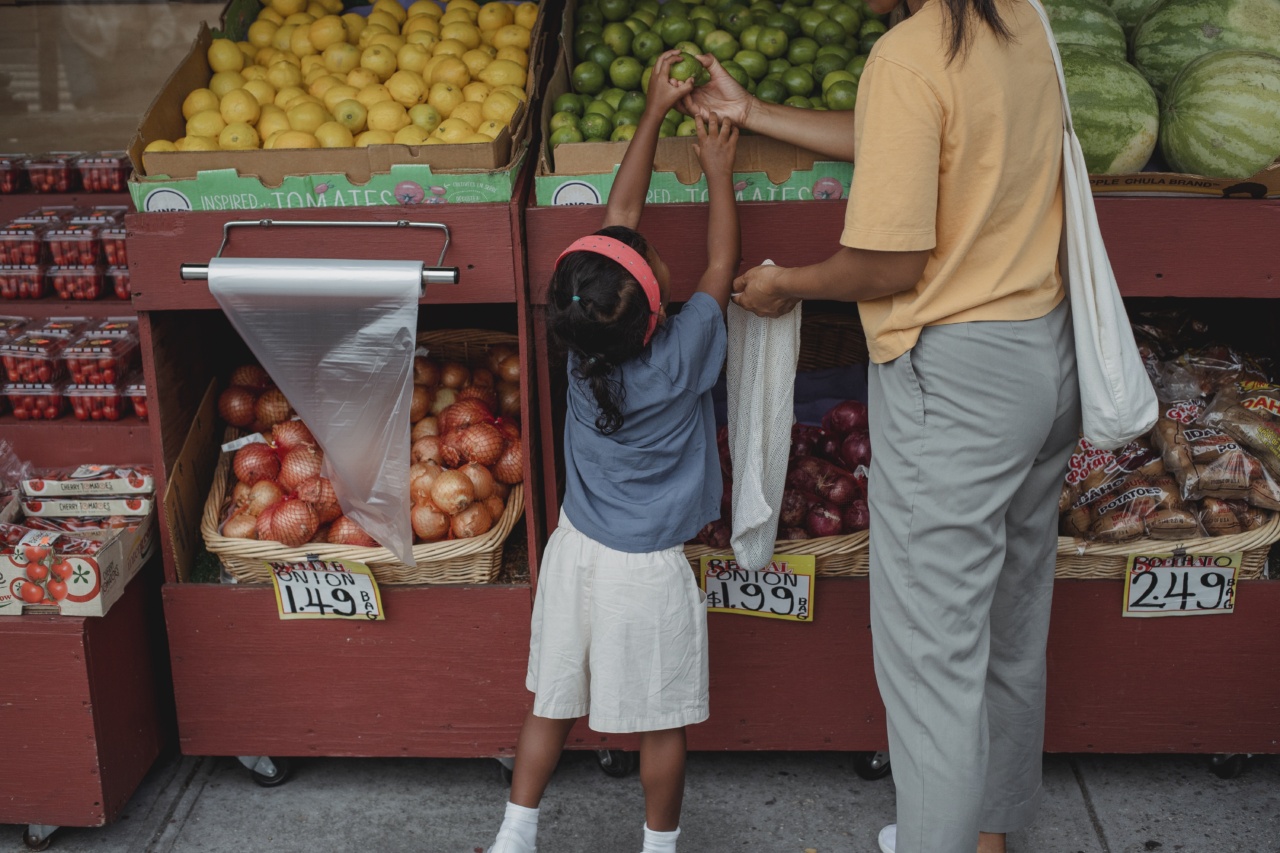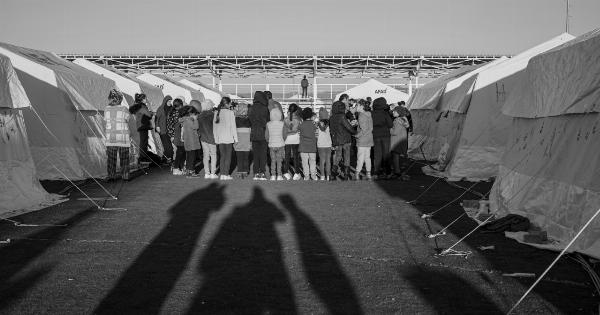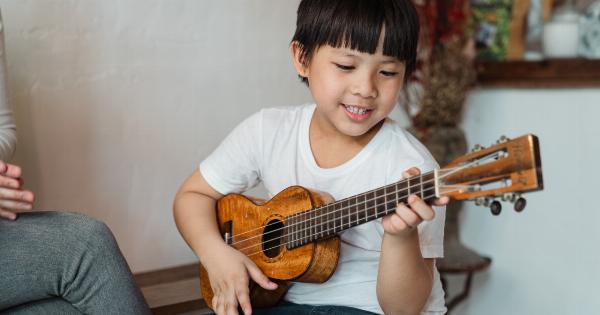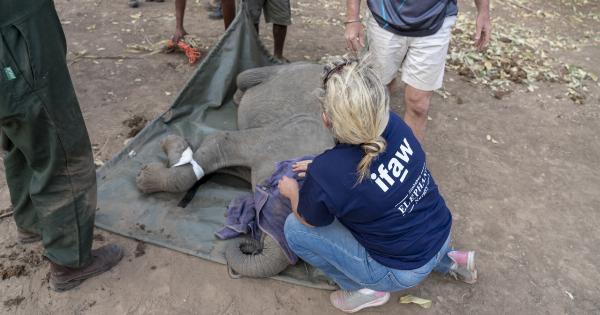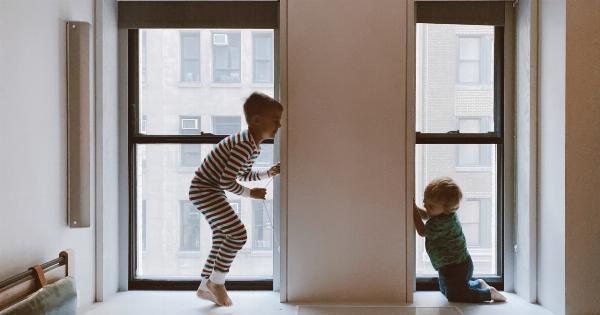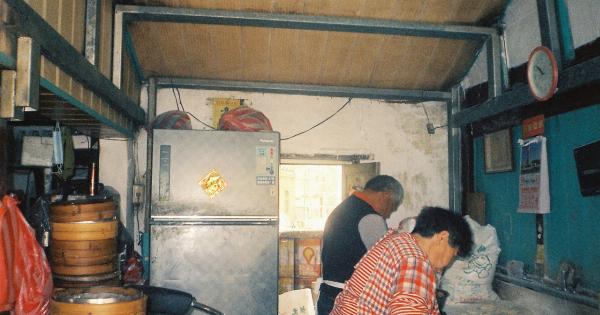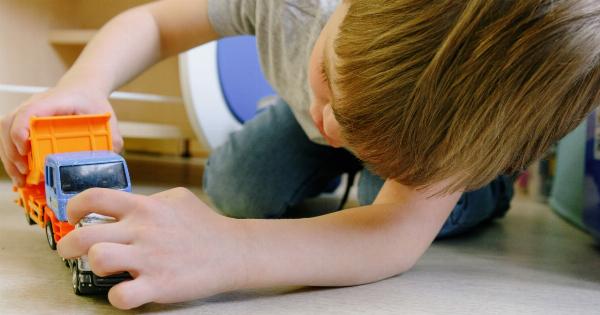Child accidents can happen at any time and in any place. Whether your child is at home, school, or playing outdoors, it is crucial to be prepared for emergency situations.
Proper knowledge and quick response can make a significant difference in minimizing the severity of an accident and ensuring your child’s safety. This article aims to provide essential information on child accidents and how to respond in emergency situations.
1. Common Types of Child Accidents
There are various types of accidents that children may encounter. These include but are not limited to:.
- Falls: Falling from heights or tripping and falling on the ground
- Burns: Contact with hot surfaces, liquids, or fire-related incidents
- Cuts and Bruises: Injuries caused by sharp objects or collisions
- Poisoning: Accidental ingestion of toxic substances
- Drowning: Submersion in water without proper supervision
2. Creating a Safe Environment
Prevention is always better than cure, especially when it comes to child accidents. Creating a safe environment at home and wherever your child spends time can significantly reduce the risk of accidents. Here are some key measures to take:.
- Use safety gates at the top and bottom of stairs to prevent falls.
- Secure furniture and appliances to the wall to avoid tip-overs.
- Cover electrical outlets and keep cords out of reach.
- Install window guards to prevent falls from windows.
- Store cleaning products, medications, and other hazardous materials out of children’s reach.
- Keep small objects and toys with small parts away from young children to prevent choking.
3. First Aid Techniques for Child Accidents
In the event of an accident involving your child, having basic first aid knowledge can be crucial. Here are some essential techniques to consider:.
- For cuts and bleeding:
- Wash the wound gently with clean water.
- Apply direct pressure using a clean cloth or bandage to stop bleeding.
- If bleeding does not stop, seek medical help immediately.
- For burns:
- Run cool (not cold) water over the burned area for 10-20 minutes.
- Remove any clothing or jewelry near the burn, except if it is stuck to the skin.
- Do not apply creams, ointments, or ice to the burn.
- Cover the burn with a clean, non-stick dressing or cloth.
- For poisoning:
- If your child has ingested a toxic substance, call emergency services immediately.
- Do not induce vomiting unless instructed to do so by a medical professional.
- Have the product’s container or any available information ready when calling for help.
- For fractures:
- Keep the injured area still by immobilizing it using a splint or towel.
- Elevate the injured limb if possible.
- Apply cold compresses to reduce swelling and pain.
- Seek medical assistance as soon as possible.
4. Recognizing When to Seek Emergency Medical Help
While some accidents may only require basic first aid, others may necessitate immediate medical attention. It is essential to recognize the signs indicating the need for emergency care, such as:.
- Unconsciousness or difficulty breathing
- Severe bleeding that cannot be stopped
- Seizures or convulsions
- Head or spinal injuries
- Ingestion of a toxic substance
- Loss of consciousness after a fall
If any of these situations occur, do not hesitate to call emergency services or go directly to the nearest hospital. Time is of the essence in critical situations, and prompt medical intervention can save lives.
5. Teaching Children About Emergency Situations
Educating children about potential hazards and emergency response can empower them with life-saving knowledge. Teach them how to:.
- Recognize emergency numbers and how to dial them
- Explain their name, address, and a brief description of the situation
- Escape and seek help in case of a fire
- Use basic first aid techniques suitable for their age
Additionally, encourage them to inform a trusted adult immediately if they witness another child or themselves being injured.
6. Regular Safety Checks
To maintain a safe environment for your child, regular safety checks are essential. Take the time to:.
- Ensure smoke detectors and fire extinguishers are in working order.
- Inspect the safety of playground equipment in your yard.
- Check for any potential hazards, such as loose wires or sharp corners.
- Review safety measures with your child periodically.
By conducting these checks, you can identify and address any potential risks that may have arisen since your last evaluation.
7. The Role of CPR and Basic Life Support
Cardiopulmonary resuscitation (CPR) and basic life support techniques are valuable skills that can be lifesaving in emergency situations. If you have not already done so, consider enrolling in a certified CPR course to learn these techniques.
Additionally, ensure that your first aid kit is well-stocked and easily accessible, containing items such as bandages, antiseptics, and CPR masks.
8. Seeking Professional Advice
If you are unsure about specific safety practices or have concerns regarding accidents that commonly occur in your area, seek advice from professionals.
Pediatricians, emergency responders, and child safety organizations can provide valuable insights tailored to your child’s needs and the environment they are in.
9. Stay Calm and Act Swiftly
In emergency situations, it is crucial to remain calm and act swiftly. Panicking can hinder effective decision-making and delay appropriate action.
By staying calm, assessing the situation, and taking prompt measures as required, you can optimize the chances of a positive outcome and minimize potential harm.
10. Conclusion
Child accidents are distressing situations, but being prepared and knowledgeable can make a significant difference.
By creating a safe environment, learning essential first aid techniques, recognizing when to seek emergency help, and teaching your child about potential hazards, you are taking proactive steps to protect your child’s well-being. Regular safety checks and seeking professional advice further enhance your ability to prevent and respond to accidents effectively. Remember, staying calm and acting swiftly are the keys to managing emergency situations with confidence.
